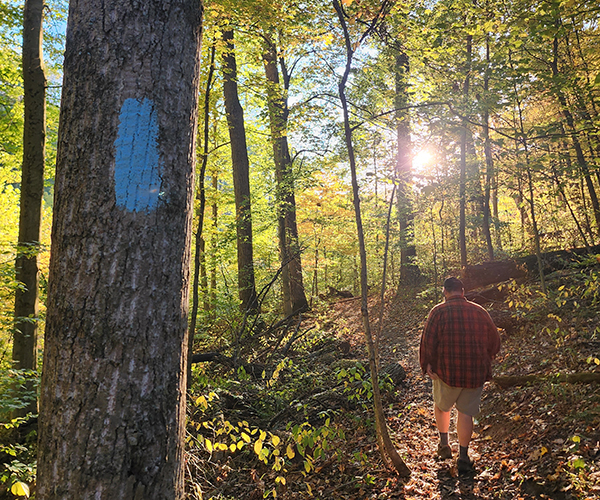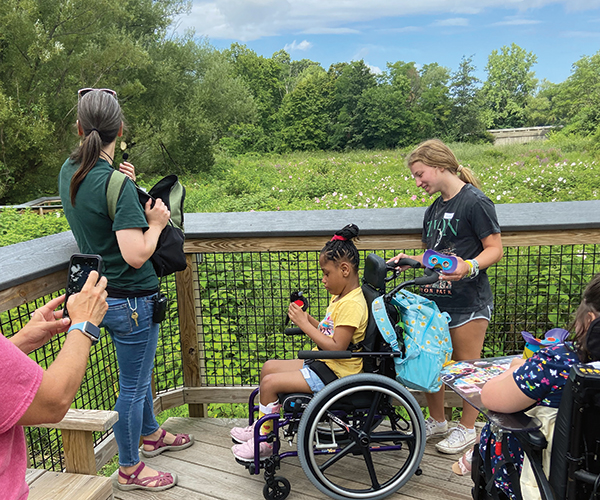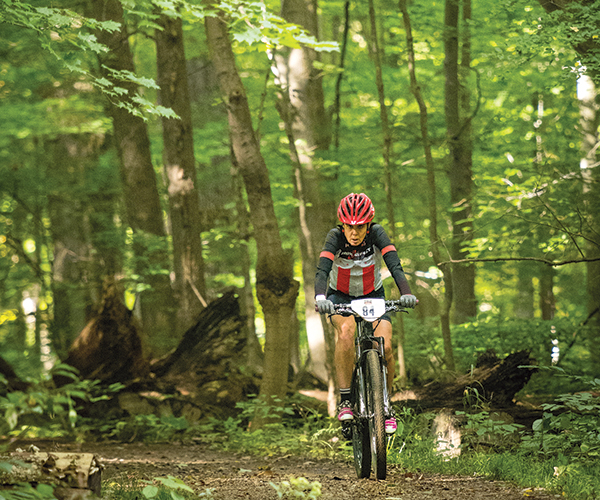Fire is one of the four elements for a reason. And it's by far our favorite when confronted with the other three in the angry form known as winter. "Fire is really the most important tool to have if you're in a survival situation," says Jannah Wilson, a naturalist at Lorain County Metro Parks. "It's also a cheap form of entertainment." That is, unless you're forced to build one in the wind and snow. So here are her tips for getting your own blaze going.
- Get ready. Anyone can use a lighter or matches to get a fire going, but you're better than that, right? For a touch of backwoods authenticity, try a small tool called a FireSteel (available at any outdoor supply store). It's like a modern flint stone, only better. Nowadays a steel rod is paired with a scraper that throws off a large ball of sparks to ignite your tinder. "You can throw it in your backpack when you're camping or hiking in case your matches get wet or you don't have a lighter," Wilson says. "Steel wool and batteries can also be used to start a spark if necessary."
- Set. Perfectly dry materials are a must. "You'll need what is called tinder, meaning whatever material is going to help ignite the fire once lit," explains Wilson. It can be anything that catches quickly: pine needles, leaves, really dry grass, paper or a cotton ball with a dab of petroleum jelly inside.
- Ignite. Gather twigs and branches in various sizes. "Start with kindling — any size of wood that is smaller than your thumb." After that, you can start to add your "fuel," Wilson explains. Start small, and gradually increase the size of your sticks. There are different techniques she suggests trying for building the fire. "Some people use the teepee method, by putting the tinder underneath your kindling and fuel, while others use a log cabin method, by building a small frame with the tinder on the inside," Wilson says. "Making a good fire takes a lot of practice. Just keep trying."



